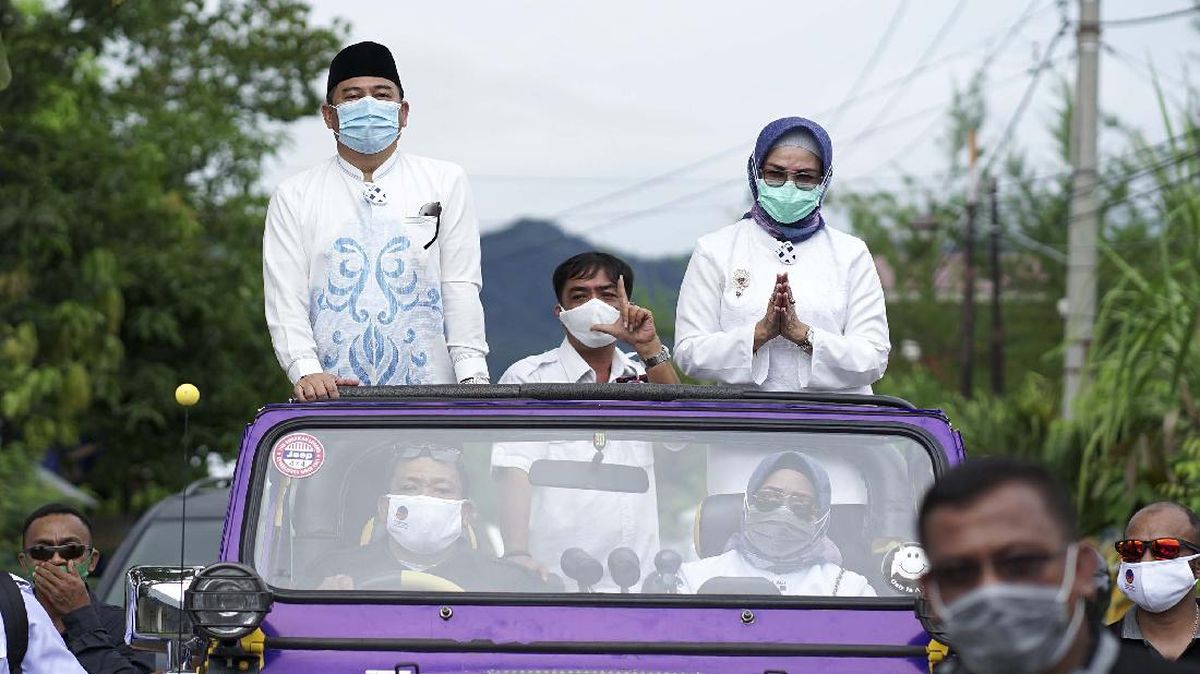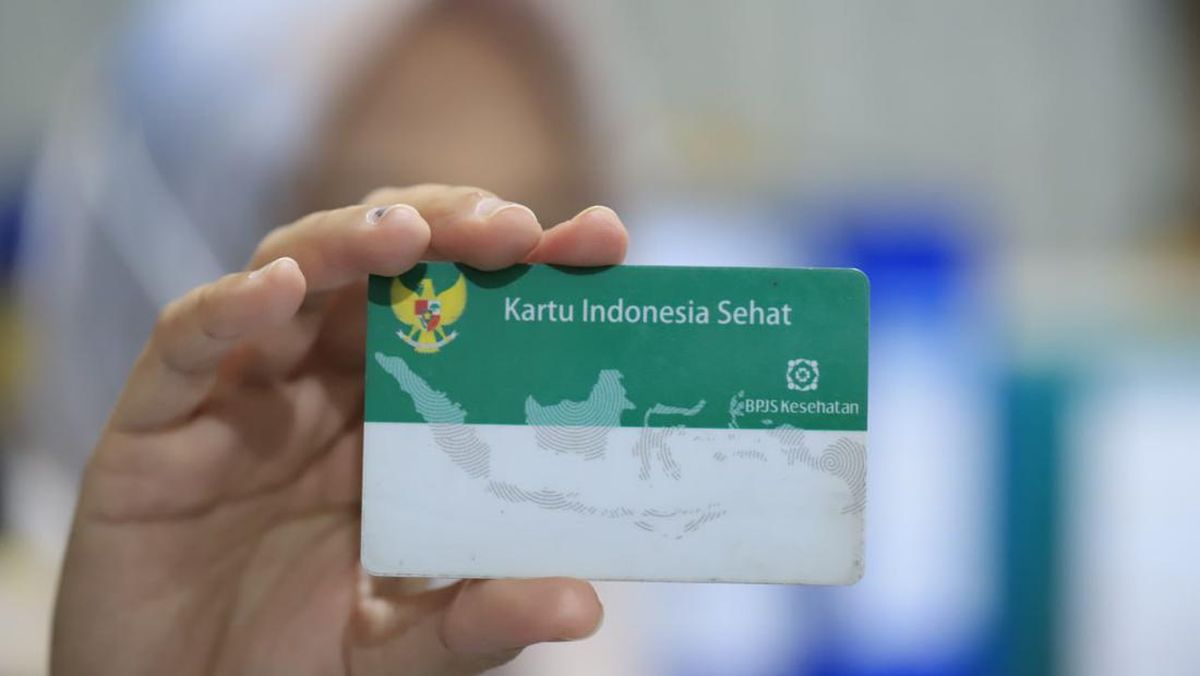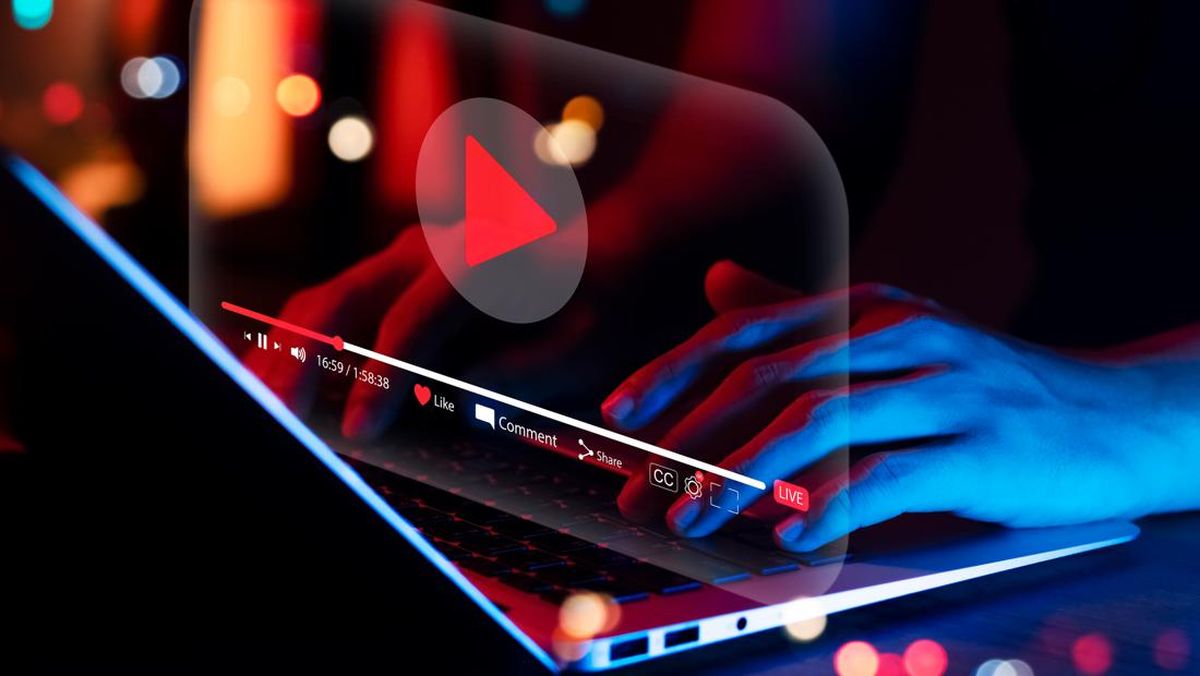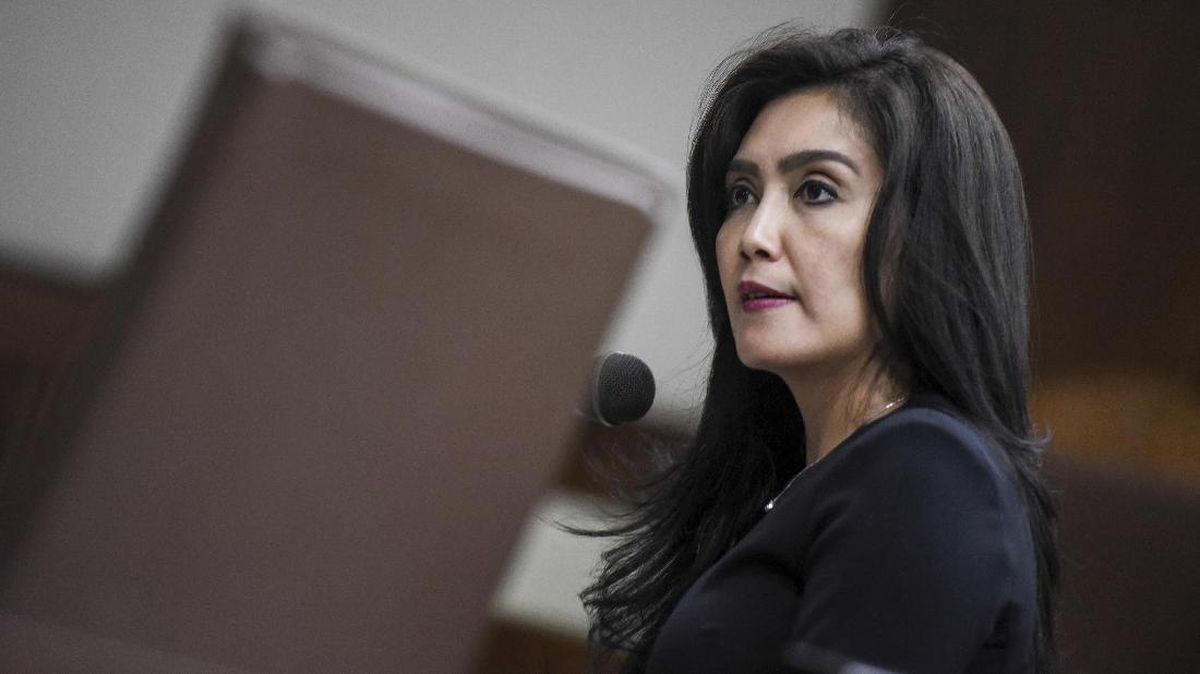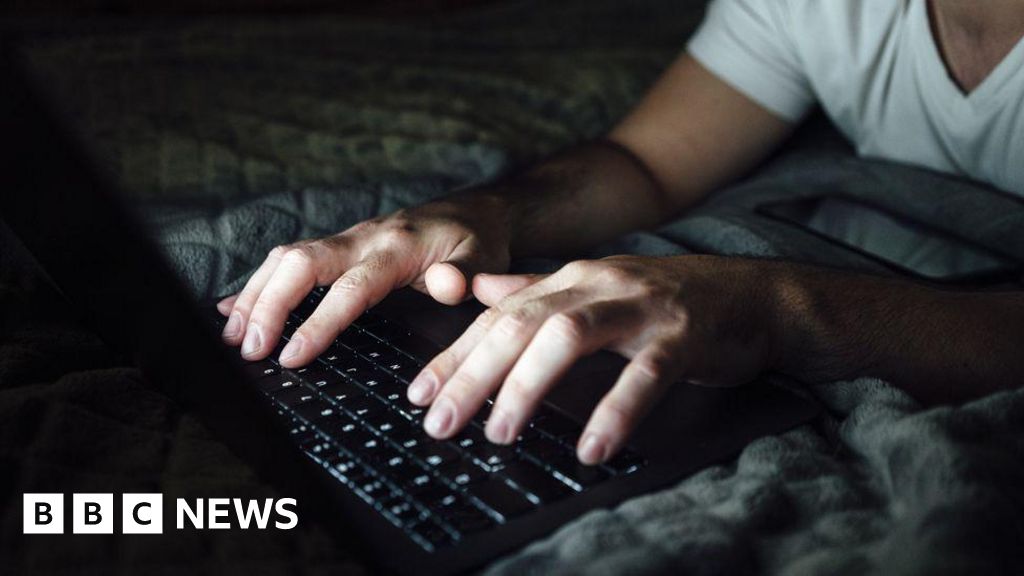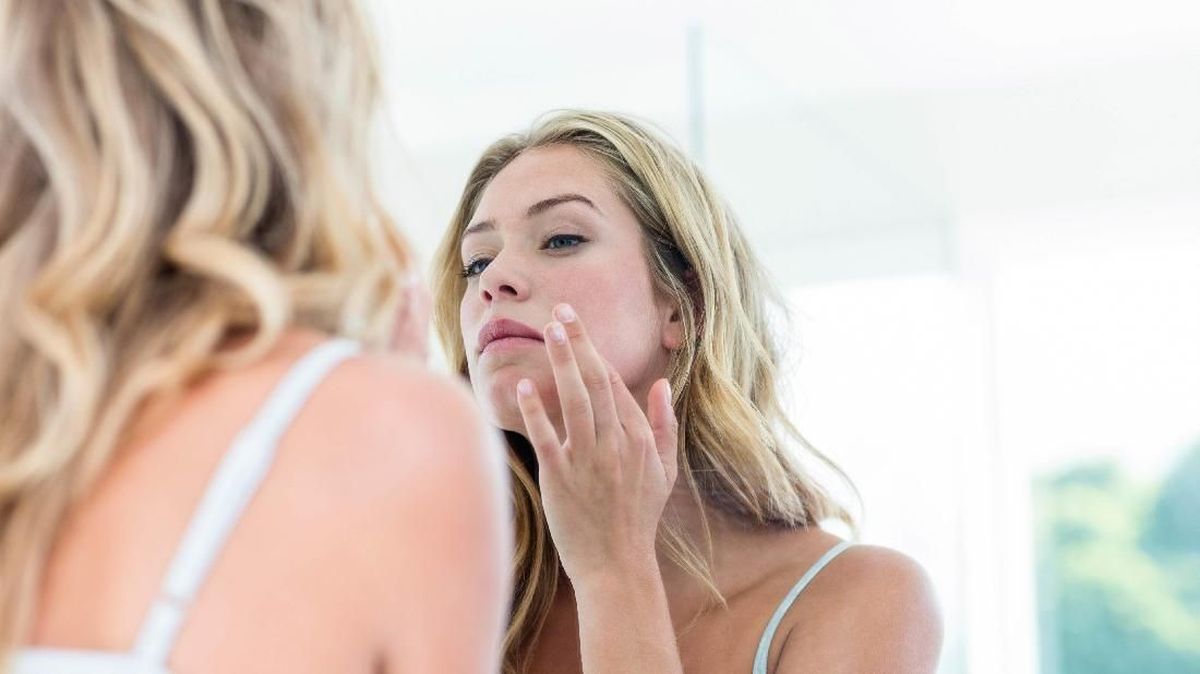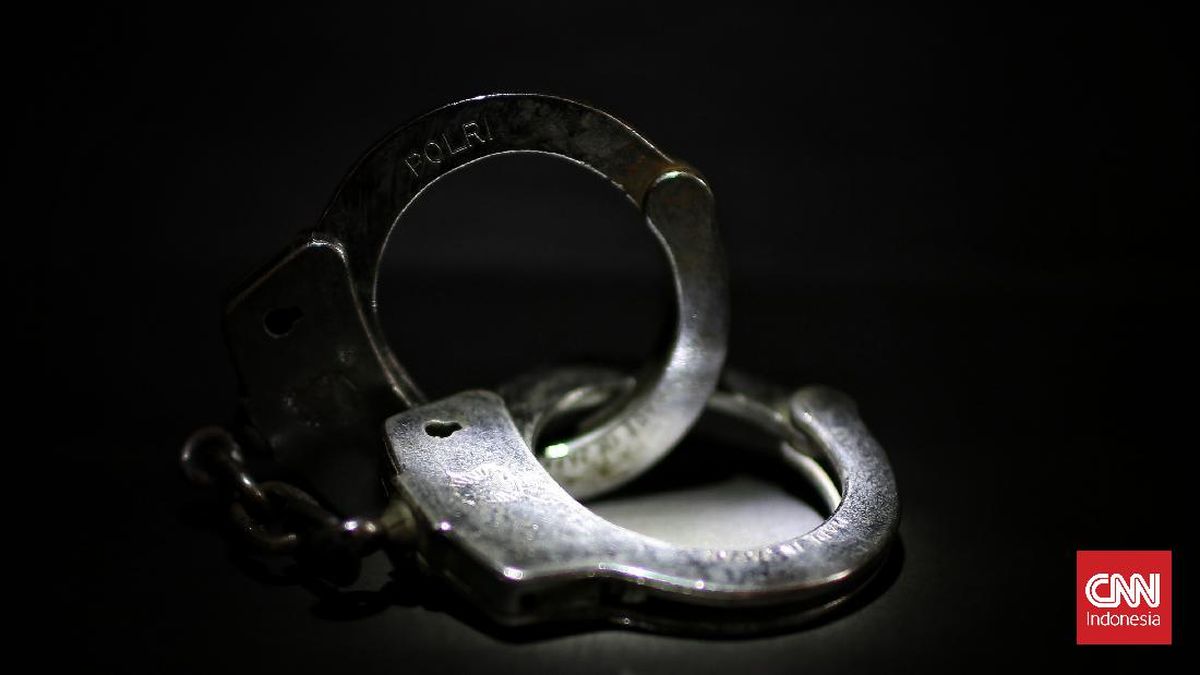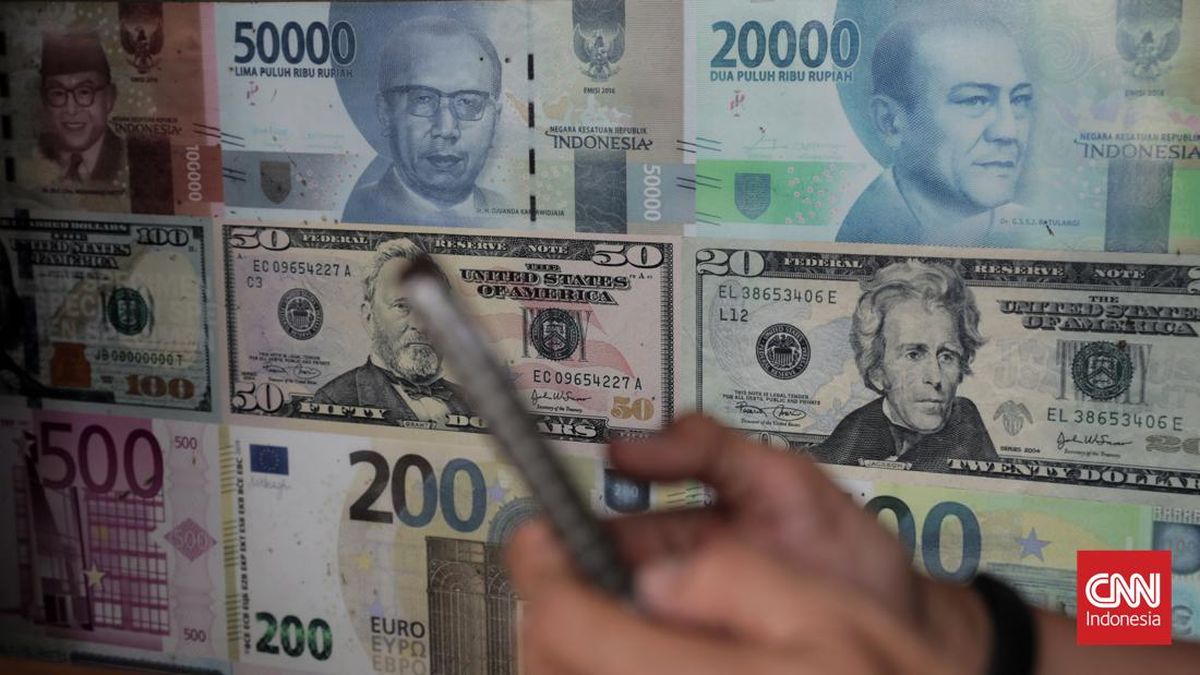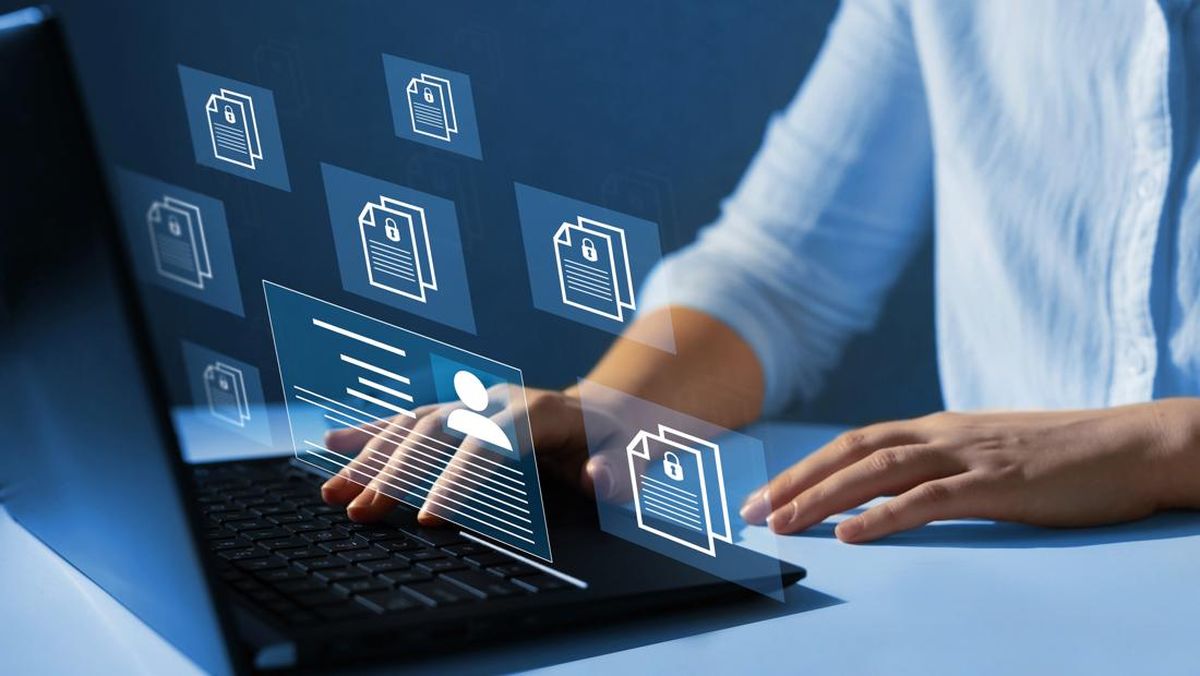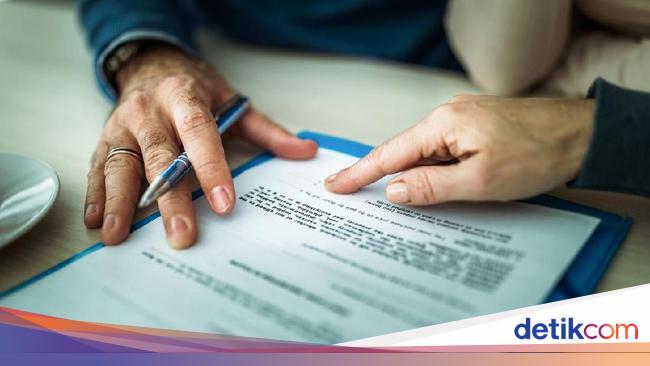If you’ve ever been unlucky enough to have a sleep apnoea test, you’ll appreciate how challenging it is to get a decent night’s sleep while hooked up to an array of contraptions and wires.
You also might understand why up to 90 per cent of the 1 billion-odd people believed to have sleep apnoea go undiagnosed.

Something to sleep on? Some devices now offer TGA-approved sleep testing. Credit: Getty Images/iStockphoto
Apart from potential cost and access issues, fatigue is so common we’ve normalised it – we live in the era of “The Great Exhaustion”, according to author and computer science professor Cal Newport. Besides, who wants another disturbed night’s sleep for a test when they already feel dog-tired?
Enter the growing number of wearables offering a minimally disruptive sleep apnoea test in the comfort of your own bed.
But how does a device on your wrist detect obstructive sleep apnoea (OSA), in which throat muscles intermittently collapse and block the airway during sleep, causing a person’s breathing to stop and start? How accurate are they? And, if they don’t replace a formal diagnosis, what’s the point?
Last week, Apple announced the Australian release of its sleep apnoea feature, available on Apple Watch Series 9 and above and Apple Watch Ultra 2. In August, Samsung’s sleep apnoea feature on the Galaxy Watch will become available in Australia.
While other devices, such as Whoop, Oura, Garmin and FitBit, have sleep health features that can alert the wearer to disrupted sleep patterns, they do not have specific Therapeutic Goods Administration-approved features to detect breathing disturbances and therefore sleep apnoea.
So how does it work?
Dr Matt Bianchi, formerly an assistant professor in neurology at Harvard Medical School, is now a research scientist at Apple.

Apple Watch Sleep Apnoea notification.
He says every motion in our body is connected.
“So let’s say I sneezed. You could see that in a motion detector at your wrist, even though you don’t think of that as a ‘wrist problem’.”
Similarly, when we’re lying very still at night, even the motion of breathing can be felt at the wrist by the accelerometer within the watch.
By wearing the device for at least 10 nights over 30 days (for the Samsung device, it’s for at least two nights in a 10-day period), it captures our unique patterns, training the machine-learning algorithms to detect breathing disturbances.
“And if we see consistent elevations of that metric over time, that’s when you earn yourself a notification,” Bianchi says.
“We don’t want to react to every blip or bad night that occasionally happens. We want to make sure that if we’re poking you to go to the doctor … it’s really a consistent finding that it’s accurate.”
Loading
How accurate are they?
When developing tests, researchers dance between its sensitivity, which is crucial for minimising false negatives (missing cases of OSA), and its specificity, which is essential for minimising false positives (incorrectly diagnosing OSA when the person does not have it).
This varies from device to device.
“They’re always in trade off,” Bianchi says. “We know that when we favour specificity, that comes at a cost of sensitivity.
“And so we dial the knobs purposefully to reduce false positives ... False positives can really compromise trust and flood the system.”
In a clinical validation study of more than 4500 adults across more than 11,000 nights, Apple demonstrated a sensitivity of 66.3 per cent and specificity of 98.5 per cent (the Samsung Galaxy Watch’s sleep apnoea feature has demonstrated a sensitivity of 82.7 per cent and a specificity of 87.7 per cent).

Early detection may improve treatment outcomes. Credit: Getty Images
What’s the point?
Neither the Apple Watch or the Samsung (nor any other at-home device) tests replace a formal diagnosis. So why use them?
Not everyone with OSA has the classic symptoms, such as daytime sleepiness and snoring. And given we normalise fatigue, they may not realise it’s an issue.
However, OSA is associated with increased all-cause mortality and, untreated increases the risk cardiovascular disease and stroke, type 2 diabetes, cognitive impairment, depression, and motor vehicle crashes.
Loading
Bianchi hopes wearables can raise awareness and prompt people to take action.
“Maybe you were thinking about [going to your doctor], but you were on the fence. Now you’ve got some inspiration to be more intentional about it,” he says. “I think that’s where we thought we could hope.”
Moira Junge, chief executive of the Sleep Health Foundation, says OSA is the number one issue sleep doctors deal with.
Wearable tests make sense on many levels, including early detection, identifying patterns over an extended period of time, and encouraging treatment.
“We see it as a very positive step, and there is certainly a place for this new technology,” Junge says.
Christopher Gordon, a professor of sleep health at Macquarie University, is more circumspect.
“The consumer-based wearables have increasing sophistication in the way they measure people’s health and the detection of health conditions,” he says.
Despite some receiving TGA approval for the identification of sleep apnoea, he stresses that they can’t be a substitute for the diagnosis.
And although Bianchi points out that the person controls their data on Apple and can decide whether to share it with their doctor or not, what happens with health data in an ever-evolving space remains a concern for Gordon.
“I suspect there will need to be government regulation about how health data is controlled by wearables private companies, especially as it relates to privacy, an individual’s risk of disease and whether this is used in formal diagnosis and monitoring of patients’ conditions.”
Make the most of your health, relationships, fitness and nutrition with our Live Well newsletter. Get it in your inbox every Monday.
Most Viewed in Lifestyle
Loading




